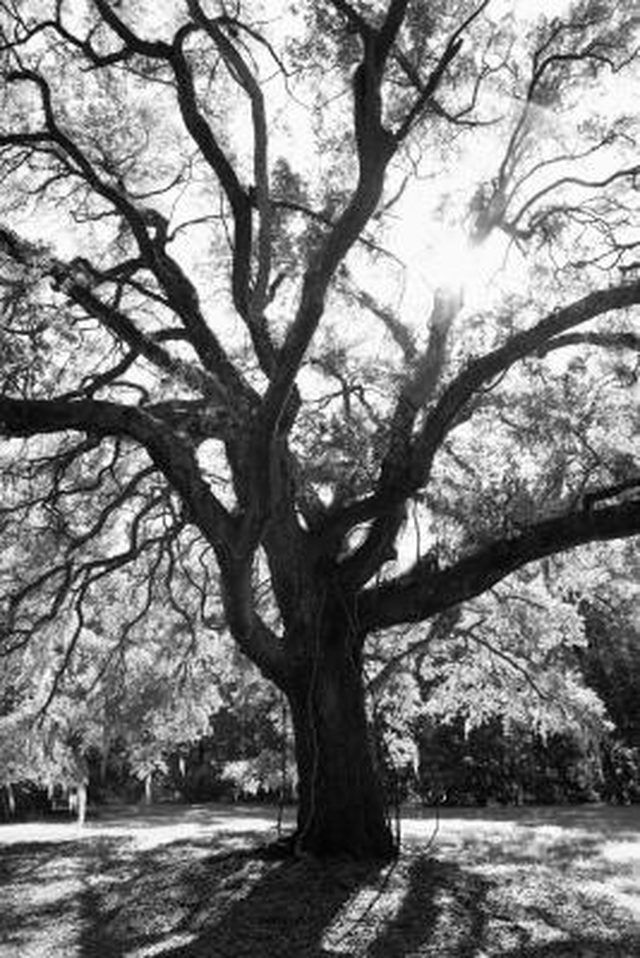Bulbs
Flower Basics
Flower Beds & Specialty Gardens
Flower Garden
Garden Furniture
Garden Gnomes
Garden Seeds
Garden Sheds
Garden Statues
Garden Tools & Supplies
Gardening Basics
Green & Organic
Groundcovers & Vines
Growing Annuals
Growing Basil
Growing Beans
Growing Berries
Growing Blueberries
Growing Cactus
Growing Corn
Growing Cotton
Growing Edibles
Growing Flowers
Growing Garlic
Growing Grapes
Growing Grass
Growing Herbs
Growing Jasmine
Growing Mint
Growing Mushrooms
Orchids
Growing Peanuts
Growing Perennials
Growing Plants
Growing Rosemary
Growing Roses
Growing Strawberries
Growing Sunflowers
Growing Thyme
Growing Tomatoes
Growing Tulips
Growing Vegetables
Herb Basics
Herb Garden
Indoor Growing
Landscaping Basics
Landscaping Patios
Landscaping Plants
Landscaping Shrubs
Landscaping Trees
Landscaping Walks & Pathways
Lawn Basics
Lawn Maintenance
Lawn Mowers
Lawn Ornaments
Lawn Planting
Lawn Tools
Outdoor Growing
Overall Landscape Planning
Pests, Weeds & Problems
Plant Basics
Rock Garden
Rose Garden
Shrubs
Soil
Specialty Gardens
Trees
Vegetable Garden
Yard Maintenance
Life Cycles of Trees
Life Cycles of Trees. Each tree begins life as a seed, bringing forth foliage, buds and fruit, growing taller and thicker as it ages, and lives for years, depending on its variety and ease of life. Climate, weather and care determine a tree's exact life cycle.

Each tree begins life as a seed, bringing forth foliage, buds and fruit, growing taller and thicker as it ages, and lives for years, depending on its variety and ease of life. Climate, weather and care determine a tree's exact life cycle.
Early Life
Once planted, a tree seed germinates into a sprout. If weather conditions allow the sprout to survive, it will grow into a seedling, at which point it will change from looking like a plant to developing a thin skin of bark.
Sapling
Saplings are taller and more mature versions of seedlings. Garden centers typically sell trees at sapling size, as they are the ideal height and build for transplanting.
Adult Stage
Saplings become mature trees that sprout branches, grow new foliage and develop fruit, depending on the variety. If the tree does not bear fruit, it might develop buds instead.
Trunk Development
A mature tree's trunk grows thicker each year, developing one new layer of bark over top of the old one. According to North Carolina State University, the outer bark layer is dead and helps protect the inner layers.
Death
Mature, dying trees are called snags. Dead trees can remain standing until rotted through or decomposed enough that they fall over.